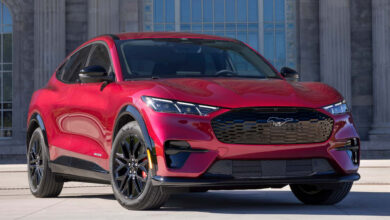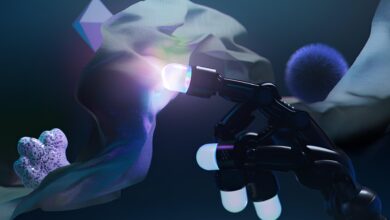
NASA is evaluating options to return the two astronauts who traveled to the International Space Station two months ago aboard Boeing’s Starliner spacecraft. Due to concerns about the safety of the Starliner, it is possible that the passengers of this spacecraft will return to Earth in early 2025 on SpaceX’s Crew Dragon spacecraft.
NASA officials said at an Aug. 7 question-and-answer session that they expect to decide by the middle of this month whether it would be too risky to return Butch Wilmore and Sonny Williams aboard the Starliner spacecraft. If these two astronauts do not return to Earth with the Starliner, the unmanned and self-propelled spacecraft will separate from the station and return to Earth.
In that scenario, NASA would fly the Crew 9 mission, which is scheduled to launch from Aug. 18 to Sept. 24, with two instead of four. Williams and Willmore will then return to Earth in early 2025 with the Crew 9 crew. NASA officials declined to say which Crew 9 crew members would be removed from the mission.
NASA is investigating this scenario due to ongoing concerns about the performance of the reaction control system (RCS) thrusters on the Starliner. Several thrusters malfunctioned during the spacecraft’s approach to the station in June; However, all but one of them have since been recovered.
But the uncertainty about the cause of the failure in the performance of the engines has caused concern about the safety of the spacecraft crew when they return to earth. Tests conducted last month on RCS thrusters at NASA’s White Sands Test Facility showed that heating up the thrusters could cause the Teflon seals to expand and pop, restricting fuel flow. Heating the fuel can also cause it to vaporize and reduce engine performance.
The aforementioned tests were performed to ensure the correct operation of the engines during the return to the ground; But the result was the opposite. According to Steve Stich, NASA’s commercial crew program manager, the discovery that the propellant seal had come out after the tests came as a surprise to officials and raised their level of concern.
The worst-case scenario for Starliner is that propulsion problems and separate helium leaks in the propulsion system cause the spacecraft to have trouble maintaining orientation during the deorbit maneuver. According to Stich, the engineering team must understand the worst-case consequences of overheating the fuel. They want to make sure that if the fuel overheats, there won’t be any serious damage.
The aforementioned uncertainty contradicts Boeing’s comments about the performance of the engines. In a statement on Aug. 2, the company said it was confident in Starliner’s ability to safely return the crew, citing extensive testing of the engines. Either way, NASA must make a decision by mid-August to allow enough time for crew training and other preparations if it concludes that the Starliner is not safe.









